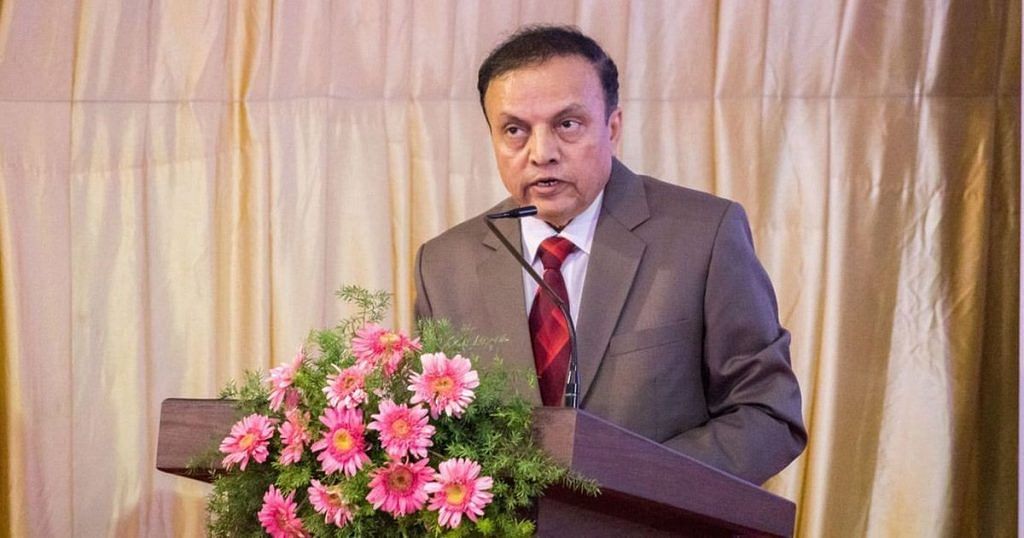The assumption that the independence of the judiciary is entirely safe in the hands of judges is now in question again.
Close on the heels of the controversy over Justice Jayant Patel’s resignation (after his transfer to the Allahabad High Court as number three judge and supersession for the position of Karnataka High Court Chief Justice) comes the news that Justice Rajiv Shakdher is being transferred back to the Delhi High Court.
If the latter bit of news is true, it would leave everyone more perplexed than they were in the case of Justice Patel. In one case, an upright judge has suffered loss of dignity, and in the second case, the wrong done to an upright judge seems to be getting righted.
The opacity of the collegium system ensures that the reason for this apparent inconsistency will never be known to the public.
There have been many transfers of High Court judges over the decades. Not all of them have been undeserved, and many have been welcome. In the “welcome” category have been the numerous transfers of judges whose integrity was under a cloud, or who were perceived to be guilty of nepotism, favouritism, or bias.
Significantly, favouritism is not a recent phenomenon, as some might like to believe.
Way back in 1977, Justice Y.V. Chandrachud, in Justice Sankalchand Sheth’s case, mentioned situations where transfer of judges may be justified in public interest as including the need to withdraw a judge “from a circle of favourites and non-favourites”.
The only problem here has been the damage done to the “recipient” high courts. Lawyers of these high courts (particularly the Gauhati High Court) have protested against their courts being treated as dumping grounds.
Punitive transfers for the sin of independence were the hallmark of the Emergency. But those were in the times of executive primacy in the matter of judicial appointments. What is disturbing in the cases of Justice Shakdher and Justice Patel is that their transfers have happened at a time when the supremacy of the “collegium” of judges stands reinforced, after the striking down of the National Judicial Appointments Commission in 2015.
The NJAC was struck down on the basis that judicial supremacy in the matter of judicial appointments was essential to the independence of the judiciary – a basic feature of the Constitution (Disclosure: the present writer has been a critic both of the “basic structure” doctrine and the NJAC judgment for reasons of democratic accountability, but is reconciled to them as being conceptually wrong but necessary checks on governments with brute majorities). But when independent judges suffer when the collegium is fully in charge, the absence of reasons causes deep concern.
The Gujarat High Court Advocates’ Association has reportedly decided to file a petition in the Supreme Court in the context of the transfer and subsequent resignation of Justice Patel, where it will demand disclosure of the reasons of the collegium with regard to the appointments, transfers, and promotions of judges of the superior judiciary.
In the Second Judges case (1993), the Supreme Court had ruled that the transfer of a judge made on the recommendation of the Chief Justice of India could not be questioned. The underlying assumption of this was that the independence of the judiciary would be well taken care of if the Chief Justice of India was himself recommending the transfer. This is also the basis for the Supreme Court holding in Justice K. Veeraswami’s case (1991) that a prosecution cannot be initiated against a sitting judge without the consent of the Chief Justice of India.
It is this fundamental assumption – that the independence of the judiciary is entirely safe in the hands of judges – which is now in question again.
If the case of Justice Patel does reach the Supreme Court, the court will be on test yet again. The NJAC case was relatively simpler: it involved only the application of the basic structure doctrine to the text of an amendment to the Constitution and an Act of Parliament. Examining the case of Justice Patel would involve application of a grand concept to the cold and hard facts of an individual case.
Raju Ramachandran is a senior advocate of the Supreme Court of India
